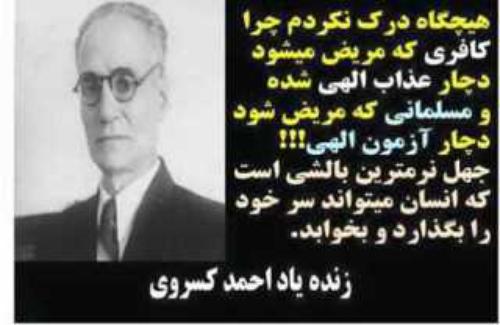
The Horn Of Africa
In the seventh century, when Islam began its expansion into Africa, Christianity was the dominant religion in the lands that extended along the Mediterranean, from Morocco to Egypt, in the hinterland of Egypt and of the Red Sea, in Nubia and Ethiopia. By the twelfth century the last indigenous Christians disappeared from North Africa west of Egypt. In Egypt the Christians, who still formed about half of the population in the tenth century, were later reduced to a minority of no more than fifteen percent. In eastern Sudan Christianity began to loose ground in the twelfth century and was eliminated by the fourteenth century. It was therefore only in the highlands of Ethiopia that Christianity survived centuries of confrontation with Islam. Ethiopia is Arabia’s closest neighbor, separated only by the Red Sea. In the pre-Islamic periods the Ethiopians crossed the Red Sea to invade Arabia, but the narrow stretch of water was enough of a barrier to the Arab bedouins. But what deterred these Arab warriors was not a problem for Arab traders, who from the ports of the Red Sea and the gulf developed a maritime trade that brought Islam to the islands and the shores of the Red Sea and the Indian Ocean.
As early as the eighth century the island of Dahlak Kebir was the outlet for Arab trade and a point of departure for the diffusion of Islam to the Ethiopian hinterland. Mogadishu (a seaport of Somalia), which had been founded sometime between the eighth and tenth centuries, developed into a sultanate in the twelfth century. By the thirteenth century there were Muslim communities in the Ethiopian highlands that traded under the protection of the Christian state. There were also a number of Muslim principalities along trade routes from the coast to the Christian highlands and to the Rift Valley Lakes to the south. By that time many of the nomads of the Horn, such as the Afar and the Somali, had become Muslims. As the Solominid dynasty of Ethiopia began its expansion to the south, it clashed with the Muslim principalities over the control of the long-distance trade routes. In 1332 an alliance of the Muslim principalities was defeated and the principalities became tributary to Ethiopia. The sultanate of Adal, which emerged as the major Muslim principality from 1420 to 1560, seems to have recruited its military force mainly from among the Somalis. In its protracted wars with the Christian state of Ethiopia, Adal sought the support of the Mamluk sultanate of Egypt.
Ethiopia’s continuous military campaigns encouraged the development of Islamic militancy, which in 1529 took the form of a jihad led by Ahmad Ibrahim al-Ghazi of Harar, known as Ahmad Gran (ca. 1506–43). Ahmad Gran conquered most of the Ethiopian state. The strife between Muslims and Christians in the first half of the sixteenth century in Ethiopia and the Horn became part of a larger Muslim-Christian confrontation in the Red Sea between the Portuguese, who had penetrated the Indian Ocean, and the Ottomans, who had conquered Egypt in 1517 and Yemen in 1525. Ahmad Gran was killed in 1543 in an engagement with a small contingent of Portuguese soldiers that came to the aid of their Christian Ethiopian allies. Because Ahmad Gran had not consolidated his conquests, the entire Islamic imamate that he was about to create collapsed. By 1555 the Ethiopian state regained all the territories it had held before the jihad, where they found a significant number of Muslims. In about 1630 a Portuguese missionary estimated that Muslims constituted one-third of Ethiopia’s population. The emperor of Ethiopia, Yohannes I (r. 1667–82), who sensed the threat of the expansion of Islam, took measures to isolate the Muslims. He ordered that Muslims live in separate villages and town quarters, and that Christians must not eat with Muslims or drink from cups used by Muslims. They greeted Muslims with the left hand, as a sign of contempt.
In 1322–23 Abu Bakr ibn Muhammad, ruler of the city of Mogadishu in what is now Somalia, struck billion coins, made mostly of base metal and inscribed with his name (above). In the twelfth century, Sultan Hasan ibn Sulayman of the island of Kilwan, off the coast of modern Tanzania, minted this copper coin.
In the twelfth century, Sultan Hasan ibn Sulayman of the island of Kilwan, off the coast of modern Tanzania, minted this copper coin.
More important still, the weakening of both the Christian state and the Muslim principalities left the land open to the mass migrations of the pastoral Oromo people into the fertile highlands. The Oromo, who inserted themselves between the Muslims and the Christians, brought about the suspension of hostilities between the two contending religions. By the eighteenth century the Oromo gradually became Muslim and played an active role in the expansion of Islam in the region. Their chiefly families embraced Islam, gave patronage to Muslim scholars, and appointed qadis to make Islam increasingly an integral part of their subject’s lives.
The Horn Of Africa
803 – 029
Home
Last Updated: 04/2022
See COPYRIGHT information below.



